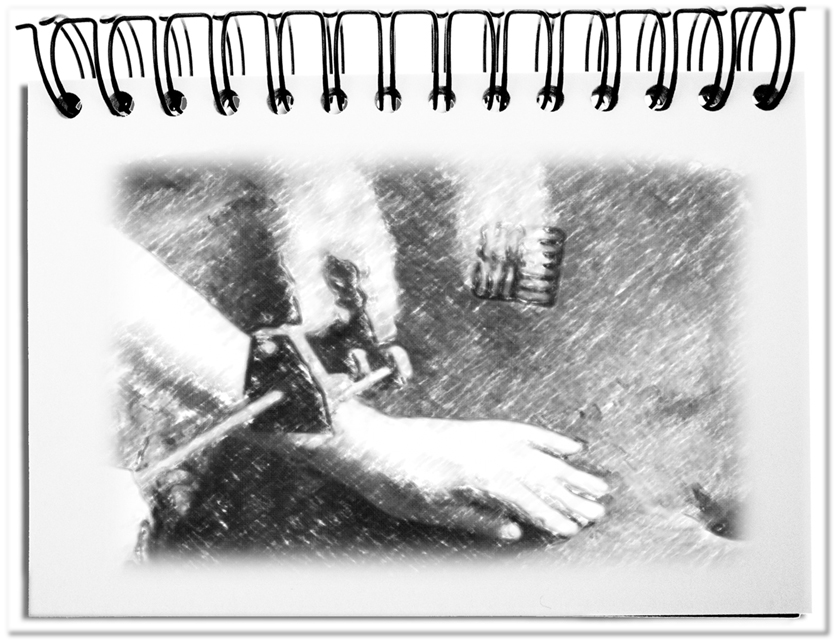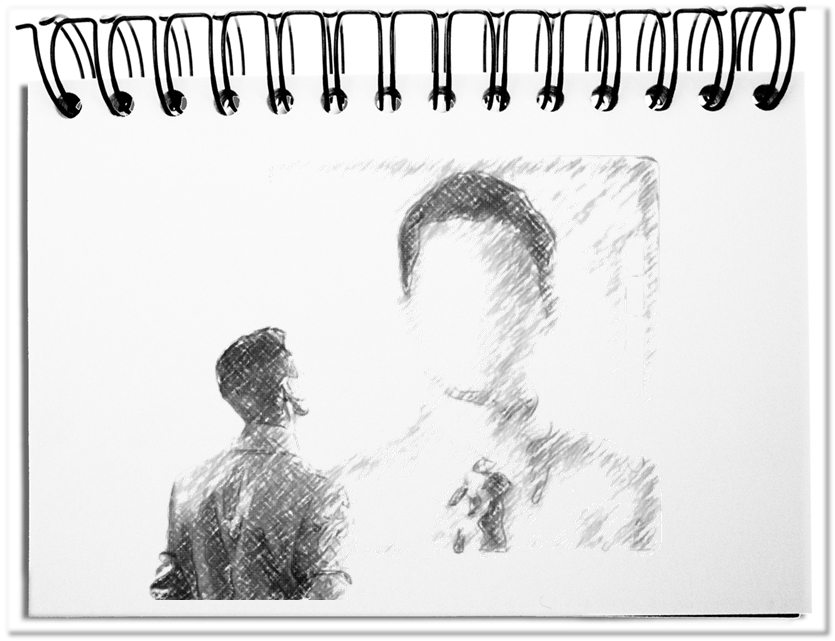Common sense is influenced, when you daily take in fictional images of the media that are internalized by the mind like all other experiences – the self-healing powers of righteousness, the role models that achieve everything and the prescribed Hollywood happy ending. At the same time, you are shaped by the practical actions and behaviors, which take place around you. All this burns in permanently. In the end, you will not get rid of it. This makes the brand stamp an ideal metaphor for cultural imprint.
The cultural stamp becomes apparent in the things of everyday life: the context, the actions, the typical skills, the shared beliefs, the established roles and the perceived affiliation.
- Affiliation
The sense of belonging is the most sustainable pattern that anchors one in a particular culture. In the own team one is identified by the same shirt and the shared attitudes. This excludes all others who do not belong – especially those who emphasize their own identity. The attachment with one’s own group creates security and is maintained, for example, by a common symbol or shared rituals. This most primitive coinage is the hardest to change, if at all. - Role
Actually, there are similar roles in all cultures – family, religious, social, economic or technical roles. Fearful little minds overlook these similarities and pour oil into the fire of the differences again and again. Although roles provide a good basis for a better understanding of the various cultural imprints. How is the Imam different from the priest or rabbi? How is the little sister (小妹妹) different from the Arab sister (شقيقة) and the sister in Mexico? The roles provide a good starting point for change. - Conviction
The beliefs are the mental guiding principles fir everybody. They include values, mission, vision, strengths / weaknesses / opportunities / threads, goals and anything else that influences opinion- or decision-making. However, we never share all beliefs with other people. The individual properties lead to ever new, unique character traits. It is not enough to limit yourself to the stereotypes of the roles. The actual variety creates a large number of options, of which only a small number become reality. That’s why you have to watch closely and look for creative solutions. Change becomes possible, when the convictions start to shake and new mental conclusions emerge. - Capabilities
While not all capabilities (I.e. skills, knowledge, experience) result from a formal education, these talents are always the basis for the desired outcomes. Skills include elementary sensory-motor (e.g., movements), cognitive (e.g., arithmetic, reading), cognitive-motor (e.g., writing, music-making), social (e.g., dealing with others), and perceptual (e.g., pattern recognition, kinesthetic differences). The knowledge consists of a variety of technical and general knowledge, the experience and the insights that are acquired in the course of practice. The key to new skills is persistent learning. Change can be prepared relatively easily with appropriate training. - Actions
To better understand the cultural imprint, the actions are observed. This can be done by direct or hidden observation. The actions carried out can be interpreted based on the activities (e.g. planning, discussion, production or reporting), the linguistic expression (e.g. the expression of beliefs, desires, intentions, states), and the choice of words (e.g. key, stigma, abstract words and synonyms) as well as the style (e.g. gesture, facial expression, posture, volume, and tone). Through clever task distribution and a conscious corporate wording as well as a special code of conduct changes can be introduced easier - Context
The context describes the environment in which one acts. This includes people (e.g., professionals, character heads), places (e.g., cities, architectural styles, and infrastructure) and things (e.g., vehicles, IT, gadgets). To which extent actions, abilities and values are appropriate, can be determined through the context. Sometimes you have to adjust it, so that the desired changes take effect.
Bottom line: The cultural imprint has a great influence on the activities that are carried out. Roles bundle the individuals into a manageable number of groups, who feel connected to each other. The beliefs mainly include the values that have an effect in the role. Capabilities are the prerequisite for the actions that take place in a particular context. The responsible person for the change needs to take all these aspects into account to actually make a difference. Just as a branding can only be removed with a lot of effort, it is difficult to get rid of its original coinage. This makes the brand stamp to an ideal metaphor for cultural imprint.


